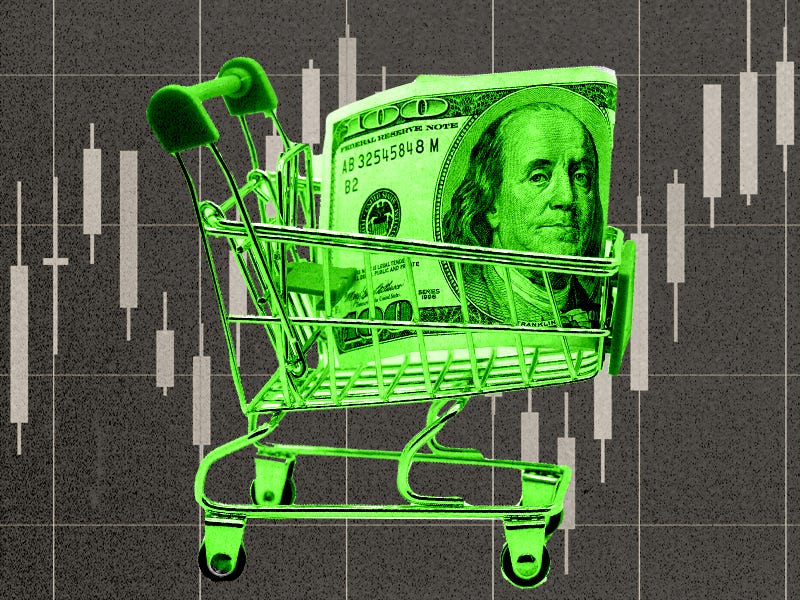-
Hedge fund manager Eric Jackson believes an ‘everything rally’ can take hold in the stock market.
-
Jackson compared the current economic environment to the 1982 bull market, when rates dropped and the economy grew.
-
Interest rate cuts, economic growth, and yield curve changes favor risk assets, according to Jackson.
The stock market’s relentless rise higher could turn into an “everything rally,” according to hedge fund manager Eric Jackson of EMJ Capital.
In an interview on Tuesday, Jackson told CNBC that the current environment of economic growth and interest rates is reminiscent of the early days of the 1982 bull market, which is one of the stock market’s best-performing advances of all time.
The first 10 months of the 1982 bull market saw the Nasdaq soar 107%, according to Jackson.
“The last time that the yield curve was inverted for so long and then finally broke out to the upside the way that we’ve seen recently, in a benign economic environment where rates are coming down, was August of 1982,” Jackson said.
He added: “And when that happened, there was a stock market rally which lasted 10 months. Nasdaq went up 107% over those 10 months. So I think we could be in for an everything rally.”
That means, according to Jackson, everything from small-cap technology stocks to the mega-cap tech stocks will rally higher, together.
The combination of interest rate cuts from the Fed, resilient economic growth, and the un-inversion of the yield curve is overall a favorable environment for risk assets, especially if inflation stays subdued.
When a similar scenario played out in the summer of 1982, the S&P 500 launched a five-year bull market that delivered a total return of 229% and annualized gains of 26.7%, the second-highest annualized gain on record, according to data from FirstTrust.
The un-inversion of the 2-year and 10-year US Treasury yield curve is significant because it has been in negative territory for about 26 months, the longest in history.
The yield curve finally went positive earlier this month.
The yield curve flashing between positive and negative and positive is considered a reliable recession indicator, but with the economy still in good shape, this time appears to be different, as it was in 1982.
Read the original article on Business Insider
Read the full article here

